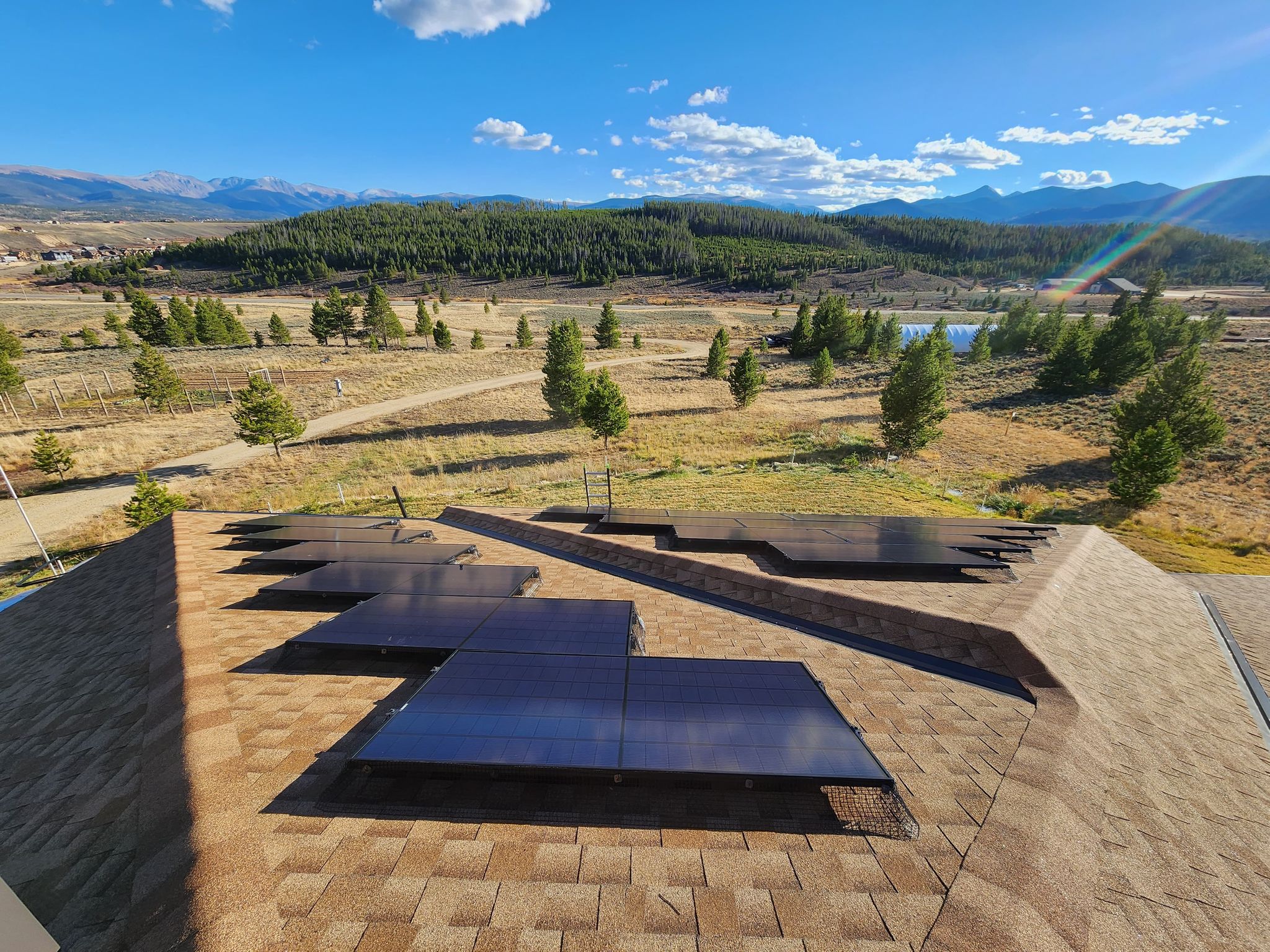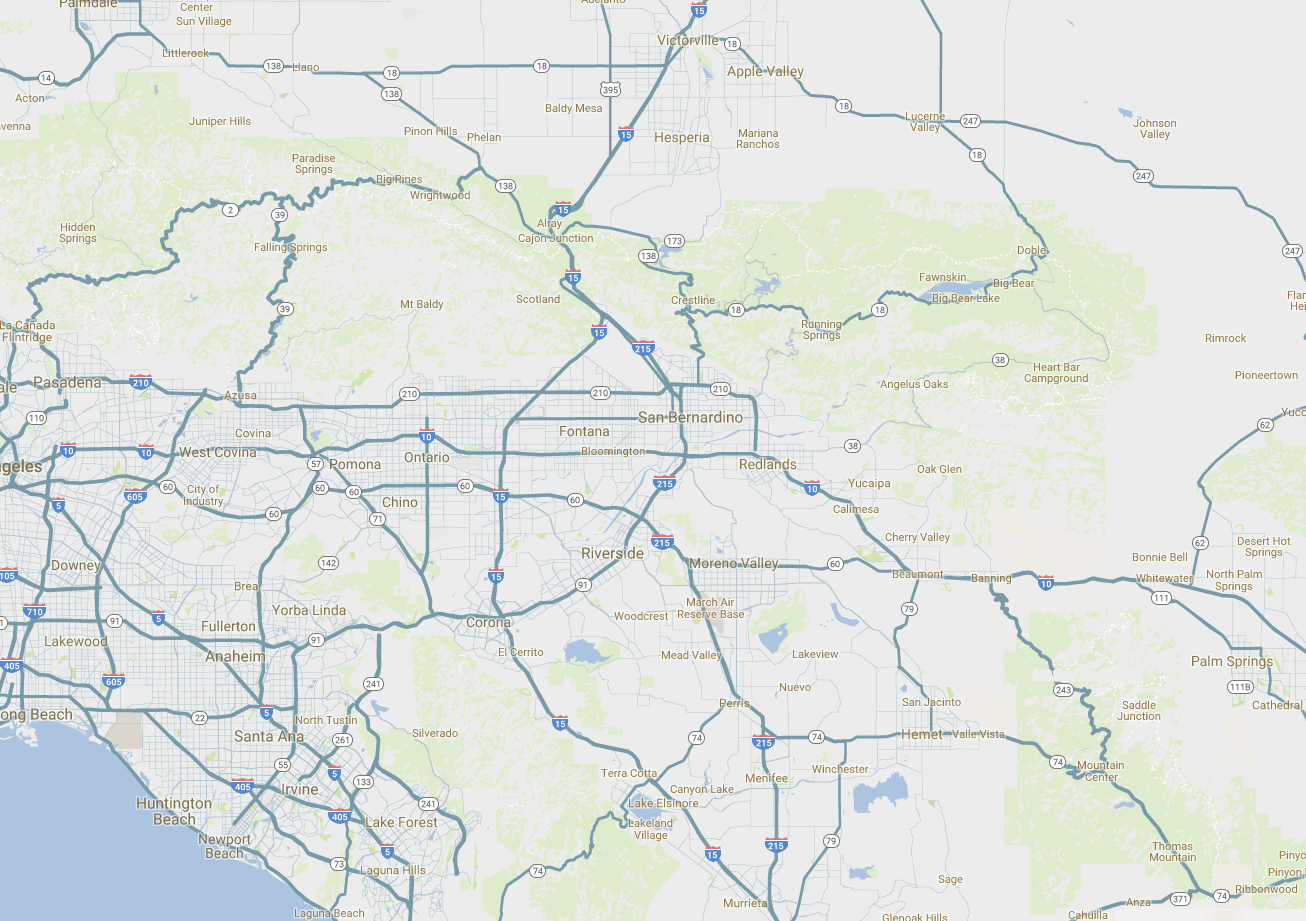If you're ready to switch to solar, you should know about one of the advantages available to California homeowners — net energy metering, also known as net metering or NEM. While the environmental benefits are often enough of an incentive to invest in solar, saving money is even better.
Net metering allows homeowners to sell the energy they don't use from their solar array back to their electric provider. Plus, the sale price is often at the same retail rate the company charges customers, making it a great way to save money on utility bills.Are you ready to learn more about net metering and how the program has evolved in California? This blog covers:
- How net energy metering works
- California NEM 1.0 (original program)
- California NEM 2.0 (changes)
- California NEM 3.0 (latest)
- How Burgeson’s can help you go solar and save
Ready to explore the benefits of solar power? Contact us today.
At Burgeson's, we believe in honesty, integrity, and doing what's right for our customers, which is why we'll only recommend solar installation if we think it will save you money. Call us at 909-792-2222 to request a free estimate with honest and upfront pricing.
How Net Energy Metering Works
In most areas, net metering connects your home’s power to the local grid, allowing you to send excess power back to your utility. There may be a connection fee to get the process started. Once it's in place, your electric meter tracks your usage, ultimately delivering monthly savings. If you sell power to the grid, your meter counts backward. When you're using more power than you generate, it counts upwards. At the end of the month, you only pay for the energy you use after all your credits are deducted.
Some programs allow you to sell at peak rates and buy energy at off-peak rates, making the program a great way to quickly offset your original solar investment. Over time, NEM programs have evolved, changing the way energy exchanges and billing credits are offered as part of net metering.
California Net Metering 1.0 (Original Program)
When net metering was first introduced in California, the goal was to incentivize renewable energy installation at point-of-use. The state electric grid was stressed and used many fossil fuels to produce the needed power. The original program, which applies to any customer enrolled before July 1, 2017, includes several substantial incentives.
First on the list is the free interconnection. While interconnection typically has a startup fee, participants in the original program paid nothing to connect their solar system to the local grid. Every month, the continuing connection fee has been just $1, regardless of the actual cost associated with managing the power exchanges each month.
As a bill credit, eligible participants receive $0.25 per kilowatt-hour in bill credit. This results in an average savings of $245 per month when running a 10 kW system. With these incentives in place, the average return on investment time is just six years.
California Net Metering 2.0 (Changes)
In 2017, Net Energy Metering 2.0 rolled out. While it still contains many of the same incentives as the original program, it also passes along more costs but guarantees participants a 20-year rate plan. Customers who signed up for net metering on or after July 1, 2017, joined NEM 2.0.
Some changes include a one-time interconnection fee of $75 and a monthly connection fee of anywhere from $10 to $20. There's also a by-passable charge of $0.02 kWh for users who don't use enough energy from the utility to cover the costs of their account. However, the bill credit amount remains the same, and the average monthly savings for a 10 kW system are a substantial $204 per month. Even with these changes, the average return on investment (ROI) for solar is six years.
California Net Metering 3.0 (Latest)
In the decades since net metering started, it's been very successful. So successful that California now faces more difficulty filling electricity needs during evening peak hours, making grid reliability the new priority. To help reduce the amount of fossil fuels needed to support the grid while the sun is down, the state has introduced a new net energy metering program, or version 3.0, to focus on solar installation and battery storage.
Under this program, the by-passable charges increase to $0.04 per kWh and may run higher in some areas. The monthly connection fee starts at $8 per kW with added surcharges from specific electric suppliers. Customers can expect to pay between $48 to $64 per month for a 10 kW system. The bill credit drops significantly to the export rate for the electricity you sell, which drops your compensation by about 75%. The change in bill credit is likely to reduce the average monthly savings to just $70. With these changes, the average ROI for solar installation jumps to 10 years or more. However, adding battery storage helps you reach a return on investment faster than if you don't have storage under this model.
How Burgeson’s Can Help You Go Solar and Save
With solar incentives set to expire, the time to act is now. When comparing California net metering 1.0 vs. 2.0 vs. 3.0, it's clear that the best plan available now is version 2.0. April 14th is the deadline to submit all required paperwork to be eligible for NEM 2.0, which locks you into the current compensation model for 20 years. Burgeson's can help you complete all the needed paperwork to line up your savings. You'll need a signed contract, a line drawing of the proposed installation, and an interconnection application to lock in the savings.
Are you interested in switching to solar? Act fast!
Call us today to request your free estimate for a custom solar installation and battery storage. At Burgeson's, you always work with experienced and respectful technicians who get the job done right the first time.












